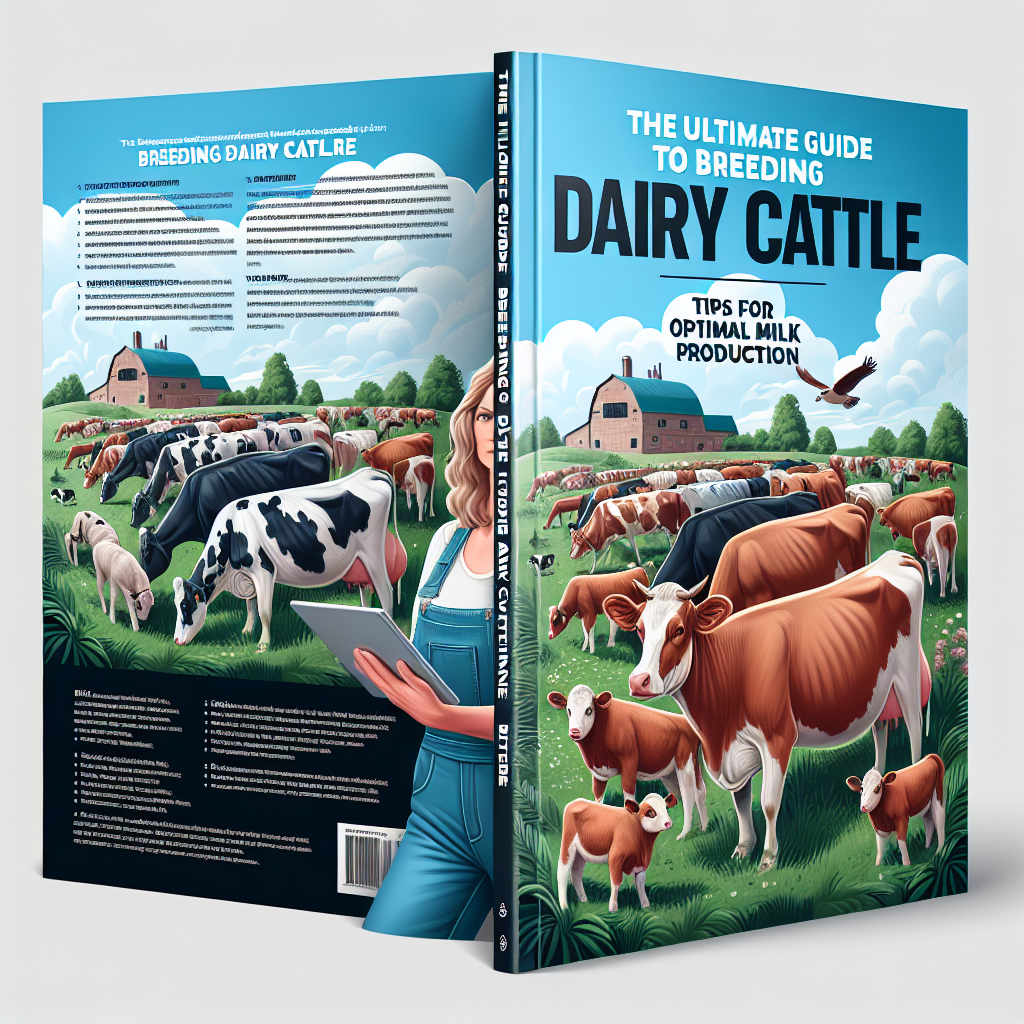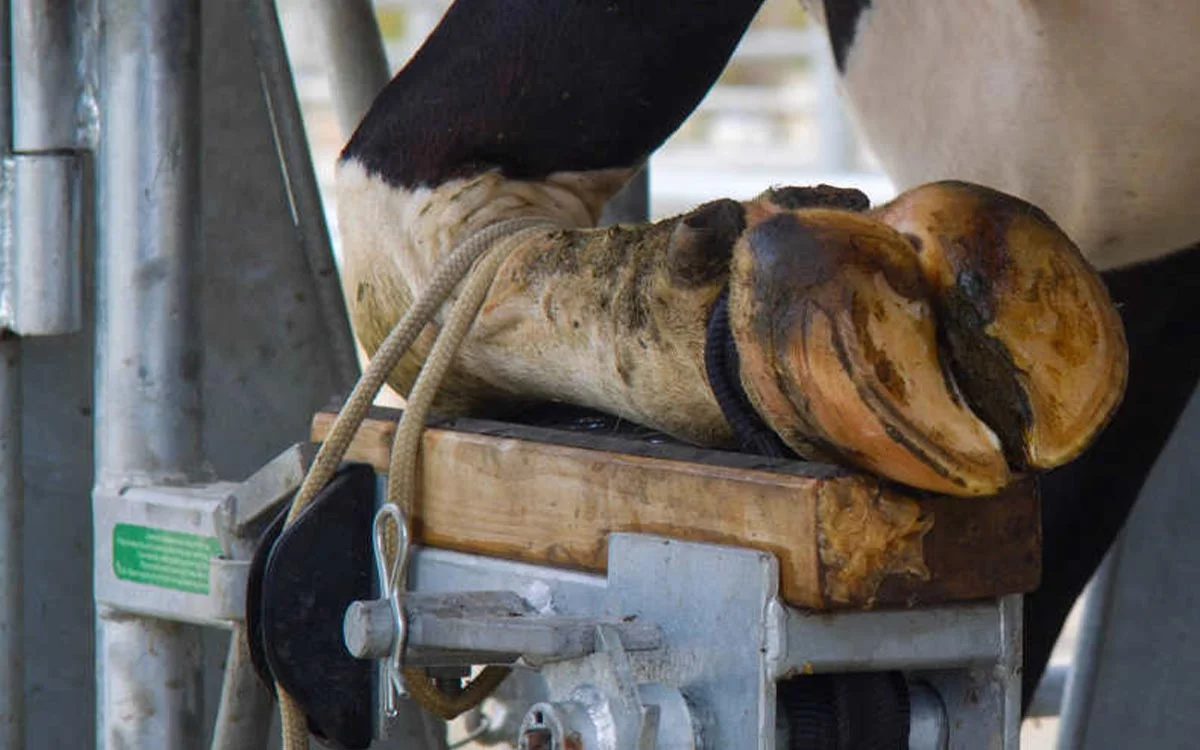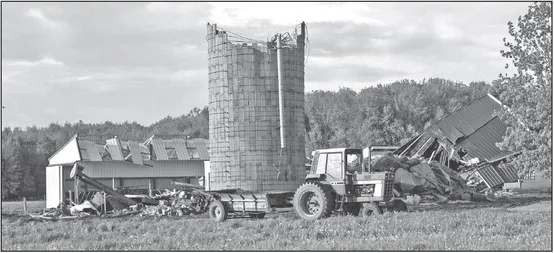How will a federal judge’s decision to block a new labor rule affect dairy farmers and H-2A workers in 17 states? What does this mean for your farm?
Summary: A federal judge in Georgia has blocked a new Department of Labor (DOL) regulation to grant union rights and protections to H-2A farmworkers. Following a lawsuit from a coalition of 17 states, Judge Lisa Godbey Wood ruled that the DOL exceeded its authority with the new rule, which conflicts with the National Labor Relations Act (NLRA). The decision limits the rule’s enforcement to the states involved, which view the injunction as a financial relief. In contrast, labor advocates see it as a setback for workers’ rights and protections. This verdict affects agricultural businesses and workers, particularly dairy farms, concerned about increased operating expenses and logistical issues. The blocked regulation would have granted critical safeguards and unionization rights to H-2A workers, but without it, their most significant protection is lost.
- 17 states successfully sued to block the new DOL labor rule.
- The judge ruled that the DOL overstepped its authority, conflicting with the NLRA.
- The ruling restricts the rule’s enforcement to the 17 states involved in the lawsuit.
- This decision is seen as financial relief for agricultural businesses in these states.
- Labor advocates view the ruling as a setback for worker rights and protections.
- The blocked rule aimed to prevent retaliatory actions against H-2A workers for unionizing.
- Dairy farms and other agricultural employers can avoid increased operating expenses for now.

What implications does a recent judgment by a federal court have for your dairy farm? If you employ H-2A workers, you cannot afford to ignore this legal change. The recent court verdict blocked a new labor law that offered foreign agricultural workers on H-2A visas more rights and protections, including the ability to unionize. But what does this imply for you and your employees? Let’s look at why this is a critical problem for dairy producers and H-2A workers equally. U.S. District Judge Lisa Godbey Wood states, “By implementing the final rule, the DOL has exceeded the general authority constitutionally afforded to agencies.” This decision directly affects agricultural businesses and workers, raising worries about increasing operating expenses, logistical issues for dairy farms, and uncertainty over H-2A workers’ rights and safeguards.
April Showdown: New Labor Rule Sparks Legal Battle Over H-2A Worker Rights
In April, the Department of Labor (DOL) issued a new labor regulation that strengthened safeguards for H-2A farmworkers. The DOL said that the regulation was necessary to avoid the exploitation and abuse of temporary foreign workers, who often confront harsh working conditions. The regulation attempted to provide H-2A workers the opportunity to participate in “concerted activity,” such as self-organization and unionization, without fear of punishment from their employers. This was intended to allow H-2A workers to complain about salaries and working conditions, thus creating a more equitable and safe workplace.
The regulation sparked intense debate among agricultural employers and certain state governments. A coalition of 17 states, headed by Kansas, Georgia, and South Carolina, filed a legal challenge to the rule. These states and agricultural firms, such as the Georgia Fruit and Vegetable Growers Association, claimed that the DOL’s regulation violated the 1935 National Labor Relations Act (NLRA). Their reasoning was based on the NLRA’s explicit omission of agricultural laborers from its “employee” language, which implied that Congress did not intend farmworkers to enjoy collective bargaining rights.
Opponents claimed that the DOL exceeded its power by establishing rights not provided by Congress. They also expressed worry about the possible financial effect on farms, arguing that complying with the new legislation will boost operating expenses, resulting in irreversible economic loss.
The convergence of these arguments prompted U.S. District Judge Lisa Godbey Wood to grant a preliminary injunction, preventing the regulation from taking effect in the 17 states named in the action. This ruling has spurred continuing discussion over the balance between worker rights and agricultural economics.
Judge Wood Draws a Line: DOL’s Overreach Halted
U.S. District Judge Lisa Godbey Wood’s decision was unambiguous and explicit. She claimed that the Department of Labor (DOL) exceeded its constitutional authority by enacting new labor regulations that allowed foreign H-2A workers to unionize; Judge Wood argued that the DOL’s attempt to create these rights violated legislative powers constitutionally reserved for Congress.
Judge Wood’s opinion stressed the historical background supplied by the 1935 National Labor Relations Act (NLRA). Employers that interfere with workers’ rights to organize and bargain collectively engage in “unfair labor practice” under the NLRA. However, the Act expressly excludes agricultural workers from its ” employee “definition, denying them these benefits. Her conclusion reaffirmed that Congress had purposefully excluded farmworkers from these rights, and it was not within the DOL’s authority to change this legislative decision.
In her 38-page judgment, Judge Wood said, “By implementing the final rule, the DOL has exceeded the general authority constitutionally granted to agencies.” The Department of Labor may help Congress, but it cannot become Congress. This emphasized her argument that the DOL’s actions exceeded its given authority and that any change in the legal status of H-2A workers required legislative action rather than regulatory tweaks.
Judge Wood also accepted the financial concerns the plaintiffs highlighted, including Miles Berry Farm and the Georgia Fruit and Vegetable Growers Association. They said that if the new regulation were implemented, it would incur considerable expenditures and cause “irreparable financial harm.” The court granted the preliminary injunction to avert possible economic disruptions while adhering to constitutional boundaries.
Dairy Farmers Take Note: Judge Wood’s Decision Could Ease Your Financial Burden
Like many others in the agriculture industry, dairy producers will feel the effects of Judge Wood’s decision to stop the new labor regulation for H-2A workers. This verdict may have a substantial influence on your everyday operations and finances.
- Financial Relief on the Horizon
- The stalled law sought to improve worker rights, which, although necessary, resulted in many new compliance expenses. For dairy producers, these expenses are not insignificant. According to the National Milk Producers Federation, labor compliance expenses may cut into already thin profit margins, with labor accounting for up to 40-50% of total production costs in certain dairy companies (NMPF).
- Simplified Administration
- Dairy producers may also benefit from a reduction in administrative requirements. The stopped legislation contained measures for rigorous record-keeping and reporting on employment conditions, food supply, and housing. The Department of Labor’s statistics indicated that farms under inspection violated rules 88% of the time, implying that the rule would significantly burden already taxed administrative resources (DOL Report).
- What the Experts Say
- Will Alloway of Agricorp Solutions observes, “Dairy producers always negotiate a jungle of restrictions. This decision gives much-needed short-term comfort and lets us concentrate on what we do best: producing premium milk.” This view is shared across the sector, as the aim continues to maintain high manufacturing standards without being bogged down by regulatory paperwork.
- Future Considerations
- However, realizing this is merely a temporary injunction is essential. Dairy producers should be attentive and ready for any regulatory changes. As the legal environment changes, staying current and sustaining excellent labor practices will be critical to long-term viability.
While the verdict alleviates immediate financial and administrative burdens, the debate over worker rights and agricultural safeguards still needs to be resolved. Dairy producers must balance the benefits of lower regulatory requirements and the continuous ethical responsibility of providing fair and safe working conditions for all farmworkers.
Implications of Judge Wood’s Decision on H-2A Workers: What’s at Stake?
Judge Wood’s judgment has significant consequences for H-2A workers. With the blocked regulation, these temporary foreign workers gain necessary safeguards that may enhance their working circumstances and well-being.
As a result of this verdict, H-2A workers will lose their most important protection: the ability to unionize. Unionization empowers workers to lobby for higher salaries, safer working conditions, and other critical reforms. Without this privilege, H-2A workers are mainly at the mercy of their employers, unable to organize and demand better treatment.
Furthermore, the blocked regulation aimed to prohibit retribution against workers engaged in “concerted activities.” These actions include discussing or improving working circumstances, such as lobbying for fair salaries or safer workplaces. The lack of such controls exposes H-2A workers to employer reprisal. Suppose they voice concerns or try to better their situation. In that case, they may face disciplinary action, such as job termination or detrimental adjustments to their work conditions.
The Department of Labor has emphasized the need for such safeguards, citing data demonstrating widespread problems within the H-2A program. The department’s Wage and Hour Division discovered infractions 88 percent of the time in examined farms [source](https://www.dol.gov/agencies/whd/agriculture/h2a). These infractions include failing to satisfy minimum wage regulations, inadequate living circumstances, and hazardous working conditions. The rejected regulation addressed these pervasive concerns by giving H-2A workers the ability to protect their rights and working conditions.
Finally, this ruling creates a significant void in the system for safeguarding H-2A workers, preserving the status quo in which they remain very exposed to exploitation and retaliatory activities.
Stakeholder Reactions: Triumph for Farmers, Setback for Worker Advocacy
Key industry stakeholders responded quickly and vocally. The National Council of Agricultural Employers (NCAE) hailed the decision as a significant success. Michael Marsh, President and CEO of the NCAE, said, “This judgment reinforces our concerns about the Department of Labor’s overreach. Farmers in these 17 states may breathe with satisfaction, knowing their operating expenses will not explode under this new law” [NCAE Press Release].
Similarly, the American Farm Bureau Federation (AFBF) supported the injunction. Zippy Duvall, the AFBF president, said, “Judge Wood’s decision is a critical step in preserving the farm industry from undue financial obligations. The stalled legislation would have put undue pressure on farmers who already operate on razor-thin margins” [AFBF statement].
However, farmworker advocacy organizations were quite disappointed. The United Farm Workers (UFW) released a statement denouncing the verdict. “Today’s ruling undermines H-2A workers’ fundamental rights and safeguards. “It sends the message that the contributions of these critical workers are undervalued,” said UFW President Teresa Romero. She continued, “We will continue to fight for fair treatment and safe working conditions for all agricultural workers” [UFW Press Release].
Legislators have also reacted to the verdict. Senator Tom Cotton of Arkansas, one of the states represented in the case, applauded the decision. “This verdict assures our farmers are not saddled with excessive rules jeopardizing their livelihood. The DOL’s regulation was an overreach of its jurisdiction, and I’m delighted the court acknowledged that.” [Cotton Statement].
As the landscape of agricultural labor evolves, this decision marks a watershed moment. Stakeholders on both sides are still determined to navigate the hurdles and advocate for their interests in discussing H-2A worker rights.
Future of Labor Regulations: A Precedent-Setting Ruling
This verdict establishes a significant precedent that may impact future labor legislation governing the H-2A program. With Judge Wood’s decision to freeze the DOL’s rule, we may see enhanced scrutiny of any new laws or regulations affecting farm workers. This case demonstrates the frequently controversial balance between preserving workers’ rights and ensuring the agriculture sector’s economic survival.
Looking forward, labor advocacy organizations are expected to seek new legislation to give more substantial rights to H-2A workers. Such steps include explicitly clarifying farm workers’ rights to unionize or implementing measures to combat exploitative practices without exceeding current regulatory limits. In contrast, we may see further legal challenges from farm owners and state governments seeking to restrict the reach of such rules.
Staying educated and proactive is critical for dairy farmers and others in the agriculture industry. This decision is a temporary success, but the legal and regulatory situation may change swiftly. To negotiate these complications, engaging with business groups, attending appropriate legal briefings, and carefully monitoring legislative changes will all be necessary.
In essence, our decision is merely one chapter in a continuous story. The argument over agricultural worker rights still needs to be resolved, and the result of future legislative and judicial measures will have long-term ramifications for how the farming community works. Stay engaged, educated, and prepared for the following changes.
This Ruling Could Set the Stage for Significant Shifts in Future Labor Regulations and the H-2A Program
This verdict might pave the way for significant changes to future labor standards and the H-2A program. As Judge Wood’s ruling demonstrates, there is a continuing tug-of-war between federal agencies and states over who has the last word on labor policies and rights. For dairy producers, this means being watchful and adaptive as rules change.
Potential legislative moves may develop, particularly if farmworker advocacy organizations react to this setback. Lawmakers may offer legislation to clarify or enhance the rights of H-2A workers, putting more pressure on agricultural firms. In contrast, farmer coalitions may advocate for additional state-level safeguards that match their practical demands while opposing what they regard as federal overreach.
Additional legal battles are practically inevitable. Both sides of this issue will continue fighting in courtrooms throughout the country, resulting in a constantly changing picture of compliance requirements. As fresh verdicts are issued, favorable and opposing views on expanding worker rights will define the agriculture sector’s future.
Dairy producers must be educated and involved. Subscribe to industry publications, join farmer groups, and participate in lobbying campaigns. The landscape of labor rules is changing, and your proactive participation may make a big difference in how these changes affect your business and lifestyle.
The Bottom Line
Judge Wood’s decision to stop the new DOL regulation has substantial implications for both H-2A workers and agricultural firms. While the verdict relieves some farmers’ immediate financial and administrative responsibilities, it also halts progress toward protecting vulnerable workers from abuse and retribution.
This problematic topic calls for more significant consideration of protecting workers’ rights and controlling operational expenditures. How can we guarantee that H-2A workers are treated fairly while protecting the economic sustainability of farms nationwide? It’s an issue that merits careful analysis and open discussion.
We want to hear from you. How do you balance safeguarding worker rights and guaranteeing your farm’s success? Share your thoughts and experiences in the comments area below.
















